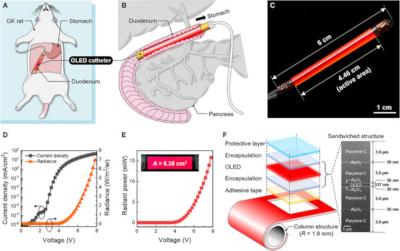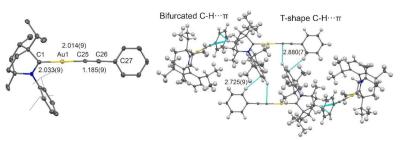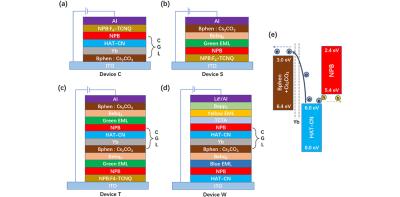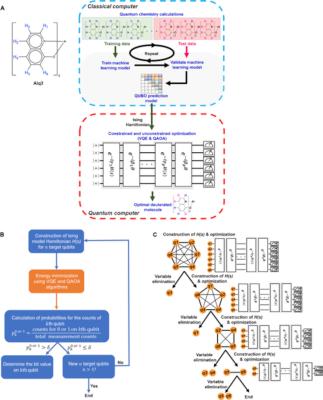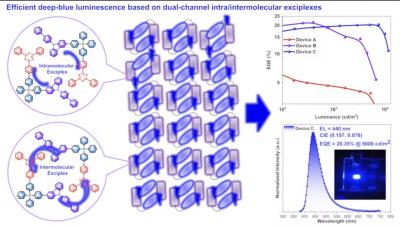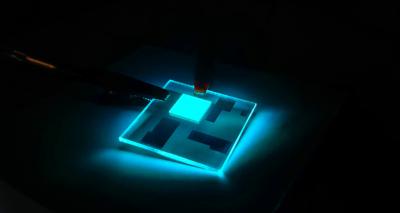Korean researchers developed the first internal-use OLED-based phototherapy platform
Researchers from the Korean Advanced Institute of Science and Technology (KAIST) and the Asan Medical Center (AMC) have developed the world's first OLED-based catheter for phototherapy within internal organs.
OLED-based light therapy has been researched, and even commercialized, before, but only for external use. This is the first time that such a device has been developed for internal use. The device developed by the joint research team is a catheter-shaped OLED platform that can be directly inserted into tubular organs like the duodenum and is water-resistant.
